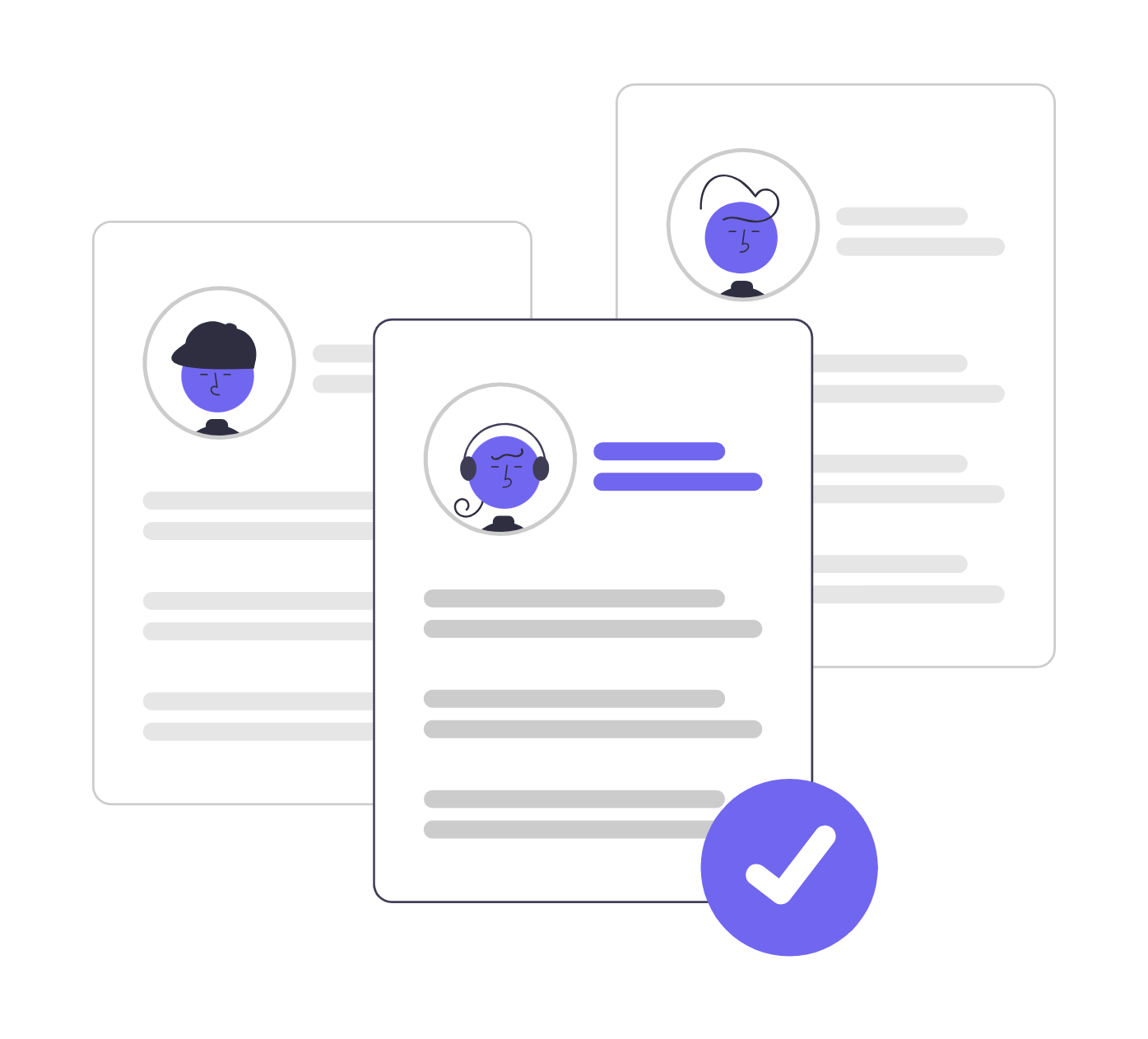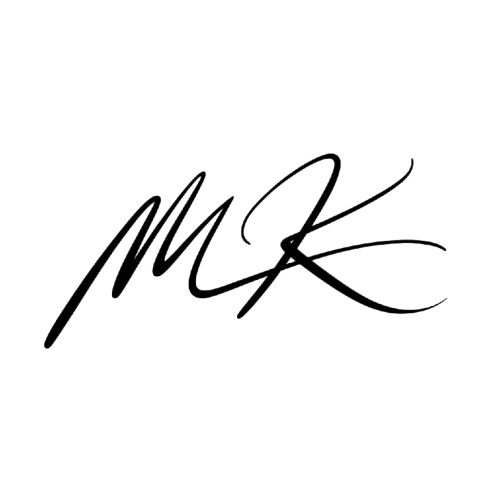Share
Hiring decisions are one of the most expensive and strategic moves a company can make—yet many leaders still default to recruiting externally rather than investing in the people they already have.
Here’s the problem: it often costs far more to hire a new employee than to train and retain someone who already knows your business. And yet, companies routinely turn down raise or development requests, only to offer higher salaries to external hires for the exact same role.
In this post, we’ll break down the true cost of hiring vs training, backed by research, real-world anecdotes, and hard financial data. The takeaway? Most companies are throwing money away on unnecessary turnover—and don’t even realize it.
Why This Debate Matters Now More Than Ever
The labor market has changed. The rise of remote work, accelerated digitization, and the aftershocks of the Great Resignation have widened the skills gap. A 2022 study by Monster found that 58% of employers struggle to find candidates with the right skills, and 29% say that gap is widening.
At the same time, employees are increasingly looking for roles that offer long-term growth. In Planday’s 2024 white paper, 71% of UK hospitality workers said they planned to leave their jobs because they lacked clear development paths.
If you’re not upskilling, you’re not just risking productivity—you’re risking retention.
Quickly identify your most promising candidates. WorkScreen automatically evaluates, scores, and ranks applicants on a performance-based leaderboard—making it easy to spot top talent, save time, and make smarter, data-driven hiring decisions.

The Hidden Costs of Hiring New Employees
Hiring new talent feels like a fast solution—but in practice, it’s full of hidden costs.
1. Recruitment Costs
These include advertising the role, recruiter fees (often 15–25% of salary), and internal time spent reviewing resumes, conducting interviews, and coordinating offers.
2. Onboarding and Ramp-Up
Even experienced hires need time to adapt to your systems, tools, workflows, and culture. According to SHRM, replacing an employee can cost 6 to 9 months’ salary due to lost productivity alone.
For example, replacing a finance leader may cost £39,259, while upskilling an existing manager might cost only £3,175—a 92% saving (ILX Group, 2022).
3. Disruption to Team Dynamics
Hiring someone new often resets team cohesion. Trust, communication, and institutional knowledge can take months to rebuild—if ever.
4. Salary Inflation
In many cases, external hires demand higher starting salaries than internal staff performing at the same level. Reddit users in corporate roles often report scenarios where exiting employees are replaced by new hires making significantly more—despite being less experienced.
Workscreen Eliminates low-effort applicants—including those who use AI Tools to apply, copy-paste answers, or rely on "one-click apply." This way, you focus only on genuine, committed, and high-quality candidates—helping you avoid costly hiring mistakes.

What Training Actually Costs (And Why It’s Still Cheaper)
Training isn’t free. But it’s almost always less expensive than starting from scratch.
According to UK Department for Education data cited by Planday, the average training cost per employee is £1,530, with variables depending on materials, trainers, and time lost to instruction.
To put this in perspective, if you spend:
- £3,000 on training materials
- £3,000 in lost productivity
- £1,000 on equipment
…then your training cost per employee (across 4 hires) is £1,750—still a fraction of what it costs to replace someone.
And when you invest in ongoing development, you create a cycle of loyalty and engagement that drastically reduces future turnover.
Easily administer one-click skill tests with Workscreen-This way you can assess candidates based on real-world ability—not just credentials like résumés and past experience. This helps you hire more confidently and holistically.

Upskilling Isn’t Just Cheaper—It’s Smarter
It’s not just about cost. Upskilling delivers long-term strategic advantages:
 Retention and Loyalty
Retention and Loyalty
Employees who receive consistent training are more likely to stay. It signals that the company values their growth and wants to invest in their future.
 Faster Integration
Faster Integration
Your existing employees already understand your systems, culture, and expectations. Upskilling builds on that foundation instead of starting from scratch.
 Cultural Consistency
Cultural Consistency
Promoting from within boosts morale, reduces disruption, and reinforces a culture of meritocracy. Your people see that advancement is possible.
 Innovation from the Inside
Innovation from the Inside
Contrary to the myth that new ideas only come from new hires, many breakthroughs happen when current employees are empowered to apply new skills to existing challenges.
As one commenter in a Reddit thread put it bluntly: “It takes 1 year to hire and 3 years to train. Turnover is hurting our agency so much.”
When External Hiring Does Make Sense
Despite the overwhelming case for upskilling, there are valid scenarios where hiring externally is the better option:
- The role requires a niche skillset or immediate experience your current team can’t realistically develop in time.
- You need a fresh perspective to challenge stagnant thinking or introduce a new system.
- The position includes a built-in network or client base (common in sales or executive hiring).
The key is to make this a strategic exception, not a reactive habit.
A Better Approach: Train First, Hire Strategically
The smartest companies don’t pit training and hiring against each other. They align them.
Here’s how:
- Audit your internal talent to identify trainable team members before opening roles externally.
- Create clear development paths so employees see a future at your company.
- Invest in blended training programs (online, hands-on, mentorship) tailored to real skills gaps.
- Promote from within when possible, and reserve external hiring for high-impact, hard-to-fill roles.
This hybrid approach reduces churn, saves money, and builds a resilient workforce.
Final Take: Stop Defaulting to Hiring—Start Investing in the People You Already Have
Every time a good employee walks out the door due to lack of development—and is replaced with someone more expensive—it’s a lose-lose.
The numbers are clear: upskilling saves money, boosts retention, and builds a stronger, more future-ready team. Companies that prioritize training now will be the ones best positioned to innovate and thrive long term.
So before you post that next job ad, ask yourself:
“Could someone already on my team rise to this challenge—if I just gave them the chance?”
FAQ
A: Beyond salary, employers may face costs such as recruiter fees, job board listings, background checks, onboarding programs, and productivity loss as the new hire gets up to speed—often totaling 20% to 30% of the employee’s annual salary.
A: Studies show it can take 6 to 8 months for a new employee to reach full productivity, which adds to the true cost of hiring when compared to training someone who already understands your business.
A: Training improves employee retention, engagement, and performance, and can often fill skill gaps faster than external hiring. It also boosts morale and reduces turnover, which lowers long-term costs.
A: Hiring new talent may be a better option when a specific skill is urgently needed, existing staff lack capacity to learn quickly, or when a fresh perspective or leadership experience is essential for business growth.
A: Businesses can use online learning platforms, cross-training, mentorship programs, or blended learning approaches to lower costs while still delivering effective employee development.

